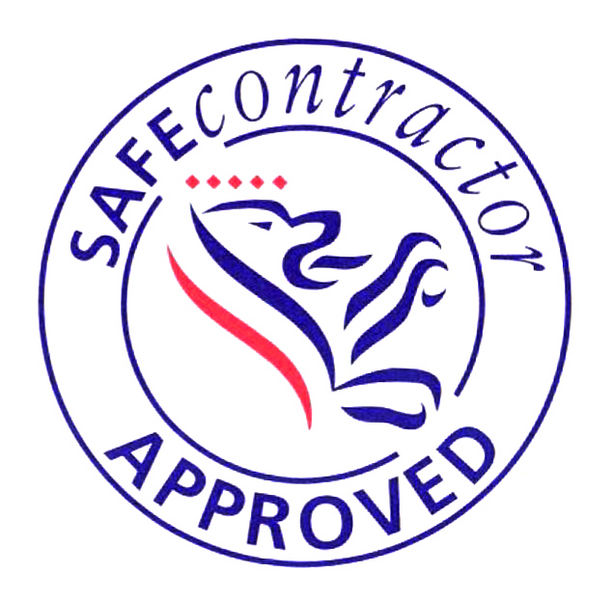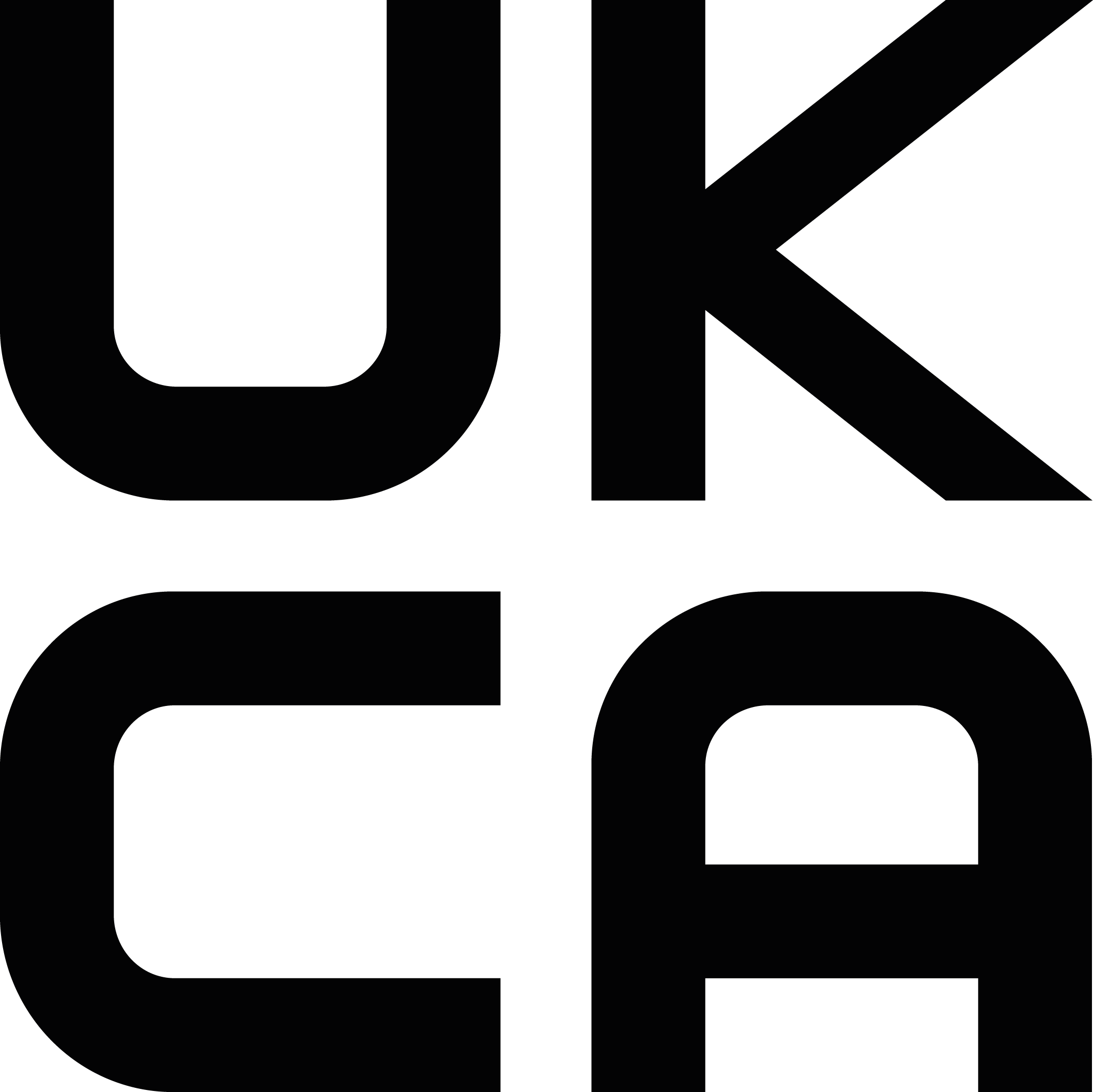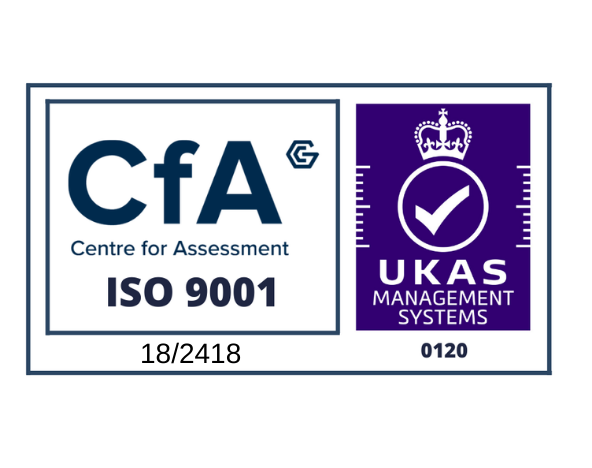What Happens After Fabrication? From Finishing to Installation
What Happens After Fabrication? From Finishing to Installation
At BradFabs, we take pride in producing high-quality metalwork designed to suit a wide range of settings, from bespoke staircases to balconies, handrails, walkways and more. While the design and fabrication stages are often the most talked-about parts of the process, what happens next is just as important. Finishing and installation are the final steps that turn raw steel into fully functional, attractive, long-lasting features.
In this blog, we’ll walk you through what happens after your project has been fabricated in our workshop, showing how we ensure every job is completed to the highest standard from start to finish.
The Journey Beyond Fabrication
Once the fabrication stage is complete and the project has taken its final shape, the work is far from over. Your metalwork still needs to be protected, finished and prepared for installation. The finishing process plays a key role in how your final product looks, feels and performs over time. It also ensures compliance with safety standards, especially for items like balustrades, staircases and external features that face the elements.
Our team manages this entire process to make sure everything runs smoothly. We coordinate with trusted local finishers and manage quality checks at every stage, so you don’t have to chase different suppliers or worry about potential delays.
What Is Metal Finishing and Why Is It Important?
Metal finishing is the process of treating the surface of fabricated steel to improve its durability, appearance and resistance to corrosion. It’s a critical step, especially for projects that will be exposed to the weather or used in high-traffic areas.
The type of finishing used depends on the material and the intended use. For mild steel, common finishes include:
- Powder coating: A coloured, protective coating applied using an electrostatic process and then cured with heat. Powder coating offers both corrosion protection and a sleek finish, with a wide choice of colours and textures.
- Galvanising: A process that coats the steel in a layer of zinc, making it highly resistant to rust. Galvanising is often used for external staircases, walkways and gates.
- Wet painting: This is sometimes used when a specific colour or effect is needed that powder coating cannot achieve.
Stainless steel doesn’t require galvanising due to its natural corrosion resistance, but we may still apply a brushed or polished finish depending on your design preferences.
Our finishers are specialists in these techniques and we only work with providers we trust to deliver consistent, professional results.
Quality Checks Before Delivery
Once the finish has been applied, the product returns to our workshop for inspection. At this stage, our team checks the item thoroughly to ensure the finish is even, complete and free from defects. We also confirm all dimensions and fixings match the original design.
This is a vital quality control step. If there are any issues, they’re resolved before the product leaves our premises. This saves time and avoids delays on site. Our focus is always on delivering results that match our own high standards and our customers’ expectations.
Preparing for Installation
Before anything is sent out for installation, we prepare the site drawings, fixings and tools required. Our experienced installation team will already have visited or assessed the location, so we can make sure everything fits first time.
For large or complex projects, like multi-flight staircases or balcony systems, we may pre-assemble parts in our workshop. This allows us to test fit and resolve any minor adjustments in a controlled environment, rather than on site.
Every item is then packed and transported carefully to protect the finish during transit. Stainless steel surfaces, for example, are often wrapped to avoid scratches or fingerprints before installation.
On-Site Installation: What to Expect
When installation day arrives, our team arrives on site with everything needed to complete the job efficiently and safely. We handle all lifting, fixings and adjustments required, making sure your new feature is fitted securely and complies with any relevant safety or building regulations.
For indoor projects, we take care to minimise disruption and keep work areas clean. For outdoor projects, such as railings or walkways, we assess the ground and existing structures before securing the metalwork.
Because we’ve been involved in every step of the process, we can make quick decisions if anything unexpected comes up during installation. Our installers are trained, experienced and fully equipped to deliver a smooth, professional finish.
Final Sign-Off and Aftercare
Once the installation is complete, we carry out a final check with you to ensure everything meets your expectations. If needed, we’ll walk you through any maintenance steps, particularly for outdoor features that may need occasional cleaning or treatment over time.
At BradFabs, our job isn’t done until you’re happy with the result. We’re proud of the work we do, and that includes making sure your new staircase, balcony or railing is as functional and attractive as you imagined it.
Why the Full Process Matters
Fabrication is just one part of the journey. From finishing to installation, every stage requires care, skill and attention to detail. Choosing a company like BradFabs means you benefit from a fully managed service, where every step is handled in-house or by trusted partners under our supervision.
This approach means better quality control, fewer delays and a better end result for you. Whether it’s a modern staircase, a safety-critical platform or a decorative feature for your home or business, we make sure it arrives looking great and working perfectly.
Let’s Get Started
If you’re thinking about a custom metalwork project and want to know more about our full-service process, get in touch with BradFabs today. We’re happy to talk through your ideas, explain the steps involved and help you plan a result that’s built to last.







